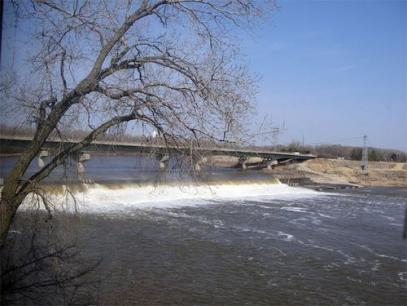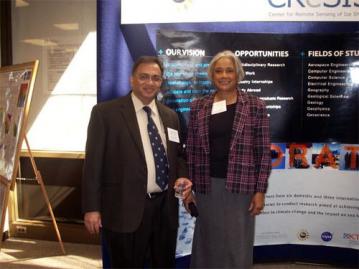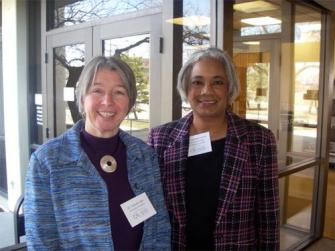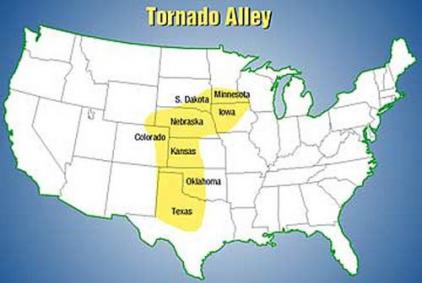I travelled to the University of Kansas a few weeks after the PolarTREC orientation and met the researchers at the Center for Remote SensingThe scanning of the earth by satellite or high-flying aircraft in order to obtain information about it. of Ice Sheets (CReSIS) who are sponsoring my trip to Antarctica. The University of Kansas is located in Lawrence, Kansas, a very picturesque college town with a river running through it.

Since my trip coincided with the National Science Foundation’s annual site visit and review, I attended the presentations and talks to gain an overview of the research projects conduced by CReSIS.
CReSIS was established in 2005 by the National Science Foundation. The CReSIS mission is to develop computer models and technology to measure and predict how sea level responds to changes in the mass balance of ice sheets in Greenland and Antarctica. CReSIS consists of the following six universities: Elizabeth City State University, Haskell Indian Nations University, Ohio State University, Pennsylvania State University, University of Maine, and University of Kansas (lead institution and CReSIS headquarters).
CReSIS is developing state of the art radar and seismic sensors, robotic instrument platforms, and unmanned aerial vehicles (UAVs) to study and measure ice sheet movement. I met many of the development engineers at the home of the director, Dr. Sivaprasad Gogineni who hosted a delicious Indian dinner cooked by his wife.

I also met Dr. Vicky Lytle, Associate Director of Education for CReSIS who will be part of the expedition to Antarctica in December.

Follow the link below to access the homepage and view the CReSIS research and field work projects.
https://www.cresis.ku.edu/index.php
Lawrence, Kansas is not only famous for being home to the CReSIS headquarters, but it is also located in the center of "Tornado Alley” in the United States. There are more tornadoes in the United States than anywhere in the world.

I was born and raised in Kansas although I have not lived there since I was a teenager. I made another brief trip to see relatives in Kansas City over the weekend of June 12-15, 2008 during the height of tornado season. I took the two videos below during a thunderstorm shortly after a tornado warning was issued. A tornado warning is issued when a tornado is spotted on the ground or sighted by radar. One video contains the actual warning siren and the other is a video where you can see and hear the rain and hail on my sister’s patio. Warning: the sirens are loud! **Note: Always retreat to the basement immediately when you hear warning sirens. Don’t wait until you finish filming! **
Tornado Hail
http://
Tornado Siren
http://


Comments